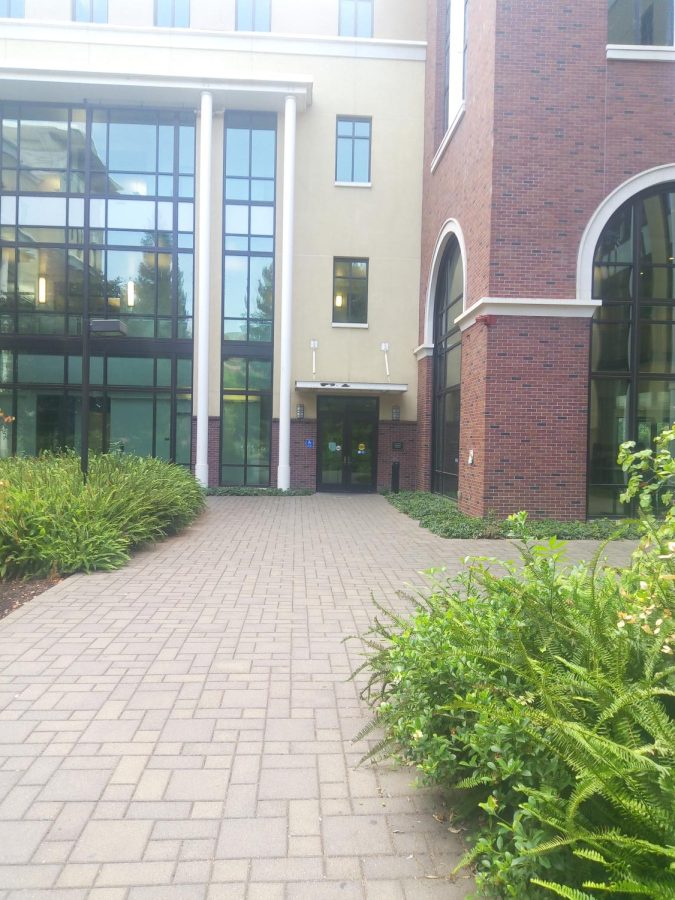Looking at Biden’s debt relief plan
At first, the idea of getting $20,000 in debt forgiveness sounds incredible. Many students and alumni in Chico and across the country are ecstatic at the idea of receiving some sort of relief to their student loans.
One student, Maddie Litman, believes that the debt forgiveness will go along way.
“I think it helps those who need a leg up,” Litman said.
According to a statement from the White House, the plan would implement a subtle change designed to help students post graduation by cutting student loan payments in half, and if your income is low enough, pay $0 a month to keep interest from increasing. Between that and the Pell Grant — a federal financial aid program that grants students money for tuition, books and expenses based on financial need — students may soon return to the idea that working at a gas station while in college can be enough for a degree.
If students find their own apartment, or take online courses, perhaps this will become true. With the Pell Grant and the student loan forgiveness, a student could potentially graduate completely debt free.
However, if you are currently living at a Chico State dorm, some quick math shows the average student is still more than $30,000 in debt, based on Chico State’s cost of attendance.
However, there are several pertinent questions that do not yet have answers. Elizabeth Alaniz, associate director of the Chico State Financial Aid department, is still not sure what debt forgiveness means for students. She notes how this will help alumni, but might not affect students currently enrolled.
Much of that is based on how the directive is worded. It will only affect current debt owed when the debt forgiveness is rolled out, meaning it won’t apply to any loans taken out after the rollout happens.
If you have up to $20,000 in debt and have received the Pell Grant, you will be able to take full advantage of this debt forgiveness. Many people will receive this automatically, but if you aren’t sure if you are eligible, you can apply for it at student.gov. For students that have accrued some debt, it may reduce it. If you haven’t taken out enough loans, it will only forgive the current amount you are in debt, not all $20,000. For those that do not receive the Pell Grant at all, the maximum debt relief is $10,000.
There is also the real possibility that none of this will come about. A few members of Congress were quick to denounce it when the announcement was made, and are currently looking for ways to prevent debt forgiveness. In addition, people who are for this plan have questions about the plan’s legality.
The Biden administration is attempting to roll this new initiative into the American Rescue Plan, a piece of legislation that was put into place during the COVID-19 emergency. Although, courts may not see that as quite enough for a plan that will cost the government billions.
The bottom line is that this new directive from Biden is going to reduce the debt for millions of students. However, with questions arising about the legality of the aid and how it will look when and if it rolls out, millions of Americans are eagerly waiting for answers. Those looking for updates can check out the student.gov and look for announcements from the Department of Education.
Even if this current initiative falls through, something else might come around. Alaniz, who has been working for Chico State for 17 years, said over the last five years we have seen some drastic change. From the change to the Trump administration in 2016, the Camp Fire in 2018, to the COVID-19 Pandemic and now the Biden administration wanting to change the books. Perhaps we’ll see a few more changes.
Maki Chapman can be reached at mchapman7@mail.csuchico.edu







